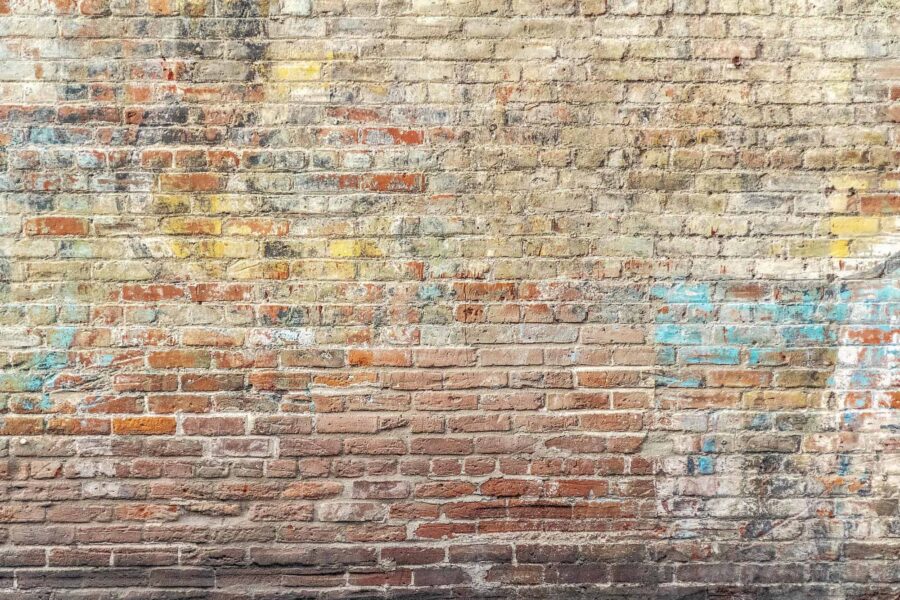In this post:
Brick acid is an extremely powerful cleaner for the building trade that, as the name suggests, removes tough debris and stains from bricks. With hydrochloric acid as its base, brick acid effectively dissolves the alkaline brick mortar.
Brick acid is hydrogen chloride (HCl) dissolved in water. Liquid in appearance, it has a pungent odour, is completely miscible with water, and is hazardous and corrosive.

Why Use Brick Acid?
Brick acid is simply the best substance for cleaning bricks. That’s because acid dissolves alkaline; brick acid is a super-strength acid, and mortar is an alkaline material. It’s also an effective cleaner on concrete floors, paving, and warehouses, removing splashes of cement, oil stains, limescale, grease, and other surface marks.
Brick acid strips away the top layer of the surface it is being used to clean, which means it shouldn’t be used on natural stone surfaces such as marble and limestone as it will cause damage.
Hazards of Brick Acid
Brick acid is a hazardous substance as it is such a strong acid. It can cause severe skin burns, eye damage, and respiratory inflammation, so precautions should be taken when using brick acid:
- Don’t breathe the vapour in
- Wear protective clothing and face protection
- Dispose of brick acid according to local regulations – although it isn’t classified as harmful to the environment, don’t dispose of it into water systems as it may change the local pH level which can negatively affect aquatic organisms
- Only use brick acid outdoors or in a well-ventilated area
Brick acid can react violently with metals, resulting in an explosion, as well as with certain plastics and rubber. It also reacts with cyanides to produce hydrogen cyanide gas.
What’s the Difference Between Brick Acid, Muriatic Acid, and Hydrochloric Acid?
The simple answer is, well, not that much. Brick acid, muriatic acid and hydrochloric acid are all hydrogen chloride (HCl) dissolved in water. They can all be found in varying concentrations – typically 36%, 30%, and 10% – although brick acid tends to come in at the lower end of the concentrations and doesn’t give off the white fumes that higher concentrations do. The name ‘brick acid’ simply comes from its use in the building trade.

How to Use Brick Acid
Even if you buy the highest strength brick acid, how successful you are in removing debris or stains depends on the application:
- Always test brick acid on a small area before applying everywhere
- Dilute the solution first. This has various benefits including reducing the risk of damage, making the product go further, and making it safer to handle. (Use the concentrated solution once you’ve tested various levels of dilution.)
- Wet the area being clean with water
- Scrub the dilution of brick acid onto the surface with a hard-bristled, non-metallic brush and rinse












